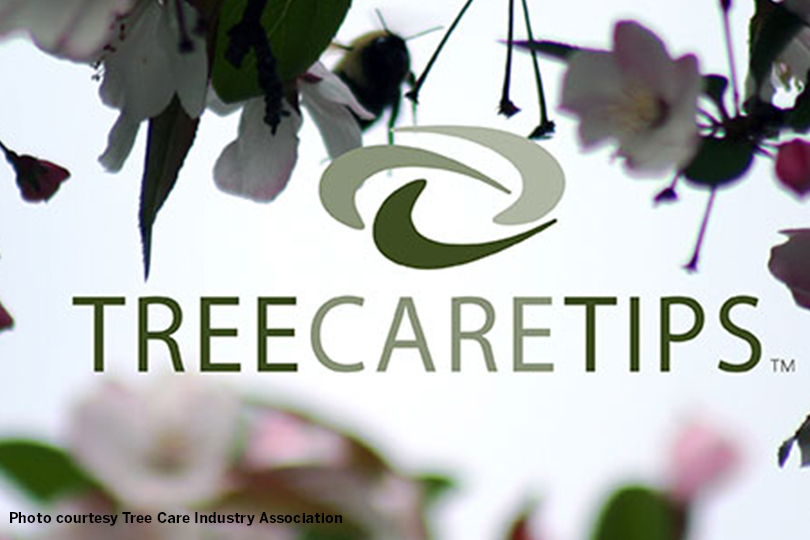By Justin Walker
Communications Specialist
The Tree Care Industry Association (TCIA) released guidelines to help trees and shrubs survive the winter weather.
Snow, ice and frozen soil conditions can damage trees and shrubs, according to TCIA. Although parts of Texas haven’t experienced the extreme cold weather, the association noted that high winds and large fluctuations in temperatures can also impact plant health.
To help combat the harsh conditions the winter weather may bring, TCIA recommends preventive maintenance for all trees and shrubs.
“Branches of trees can break due to the excessive weight of ice or snow,” Tchukki Andersen, staff arborist with TCIA, said. “Tree strength can be improved with proper pruning to promote the formation and growth of the strongest possible branches and branch attachments. When pruning alone isn’t enough to strengthen a tree, properly installed cables and rigid braces can add support to weakened parts of a tree.”
Strong winds can cause evergreens and some deciduous trees to dry out. To fight this, TCIA recommends planting hardy species in areas of prolonged exposure, make sure it has sufficient amounts of water in the fall and mulching to protect the soil and roots from extreme cold.
The ever-shifting temperatures during winter months can also cause damage to the bark. The two most common types of injuries during this time are sun scald and frost cracking. Young, susceptible trees should have their trunks wrapped with suitable tree wrap.
This is also a good time to prune trees and shrubs, according to Anderson.
“Most skilled arborists prefer pruning when trees are dormant,” Anderson said. “With no leaves on the tree, the arborist is better able to evaluate its architecture and spot dead or diseased branches. In addition, since the ground is frozen, damage to the turf underneath the tree due to falling limbs and tree care activities is negligible. This is also a good time to check trees for diseases and other damage.”
For more tips on how to protect your trees and shrubs, including finding a professional arborist to assist in the process, visit www.tcia.org.


As a Texas Farm Bureau member and the Texas representative for Tree Care Industry Association, I appreciate your sharing this information. Thank you!